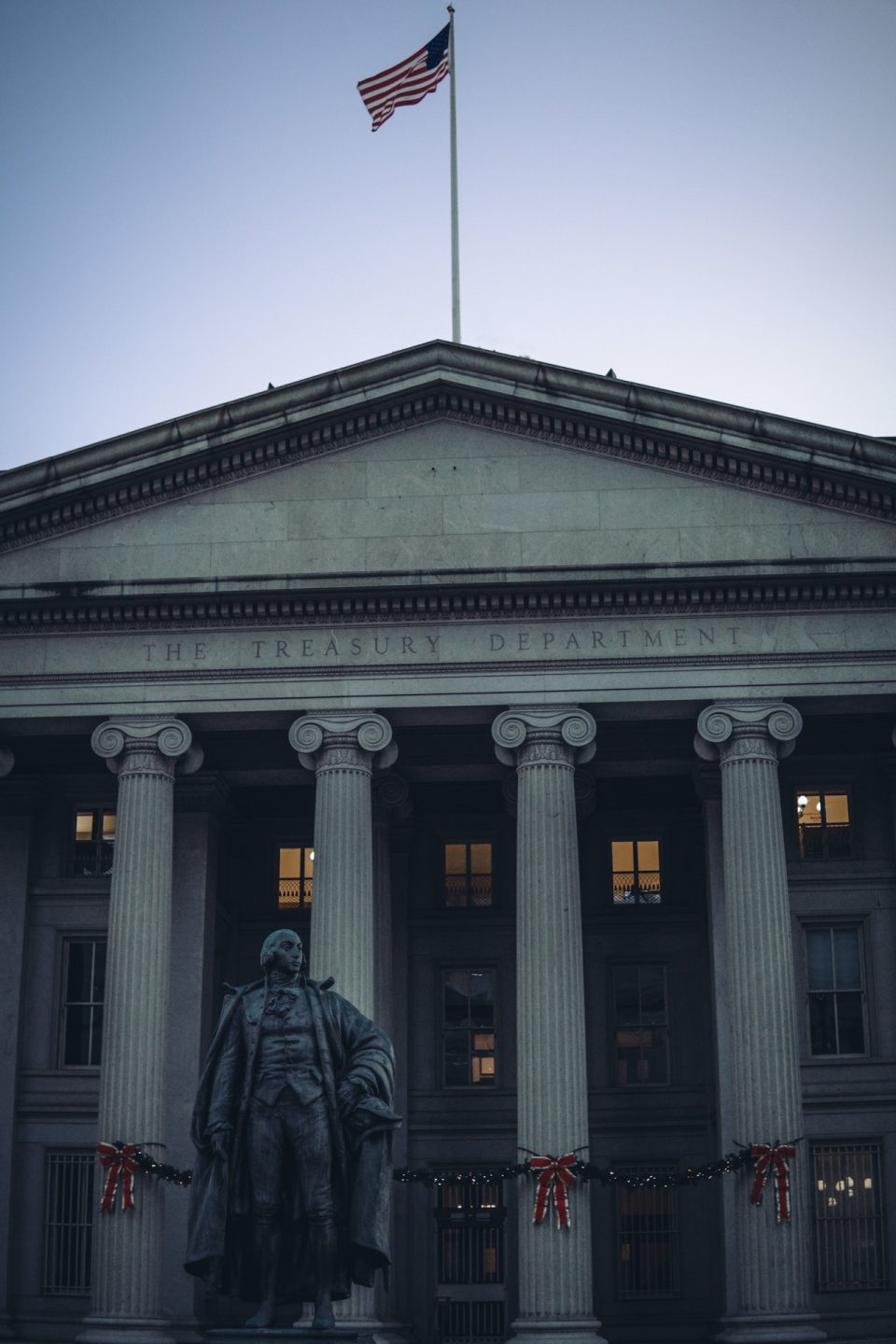The bond market experienced a rapid selloff as US businesses significantly expanded payrolls last month, surpassing expectations and propelling 10- and 30-year Treasury yields to their highest levels since 2007. This surge in yields has amplified the likelihood of an additional interest-rate hike by the Federal Reserve.
The September employment data presents compelling evidence that the US economy remains robust despite the Federal Reserve’s assertive monetary policy tightening. Employers generated twice as many jobs as economists had forecasted for the month.
These statistics triggered a surge in Treasury yields across various maturity periods. 30-year bond yields, for instance, spiked by as much as 16 basis points to 5.05%, before a partial retracement. Additionally, futures traders are now pricing in a probability exceeding 50% of the central bank implementing a quarter-point increase in its benchmark rate at the December meeting.
Gregory Faranello, AmeriVet Securities’ Head of US Rates Trading and Strategy, commented, “As the employment market goes, so too the Fed. It keeps that additional rate hike for 2023 well in play.”
This recent drop exacerbates the profound selloff that swept through the bond market this week, impacting stock prices and potentially impeding economic growth by raising the cost of loans across the board. The 10-year Treasury yield, a pivotal benchmark, surged by more than a quarter of a percentage point this week to 4.83%, marking its most significant weekly leap since December.
Alan Ruskin, Chief International Strategist at Deutsche Bank, emphasized that the robust payroll figures heighten the likelihood of yields continuing their upward trajectory. “It is inevitable that the market is going to further think in terms of 5% 10y yield given the proximity to this level already,” he stated. “All one sees here is a very steady strength.”
The selloff primarily affected longer-dated bonds, which had maintained substantially lower yields compared to short-term rates for much of this year. This discrepancy was based on speculation that an economic slowdown would prompt a shift in the Federal Reserve’s stance. However, this inversion has steadily dissipated as longer-term rates have risen, with 30-year yields now only approximately 10 basis points below those on two-year Treasuries.
This shift has been driven by a hawkish outlook from the Federal Reserve, indicating that rate policy will likely remain elevated well into 2024. Concerns over US federal government spending have further compelled the Treasury to increase debt supply in the coming quarters.
Swap contracts referencing the December Fed meeting indicate an expected tightening of 14 basis points beyond the current effective fed funds rate of 5.33%. This suggests a likelihood of around 55% that the US central bank will raise its policy rate to a range of 5.5% to 5.75% at their final meeting for the year.
In conclusion, the relentless surge in job creation and subsequent bond market selloff signal a pivotal juncture in the economic landscape, as investors brace for potential shifts in interest rates and closely monitor the repercussions of this significant market development.
Source: Bloomberg

